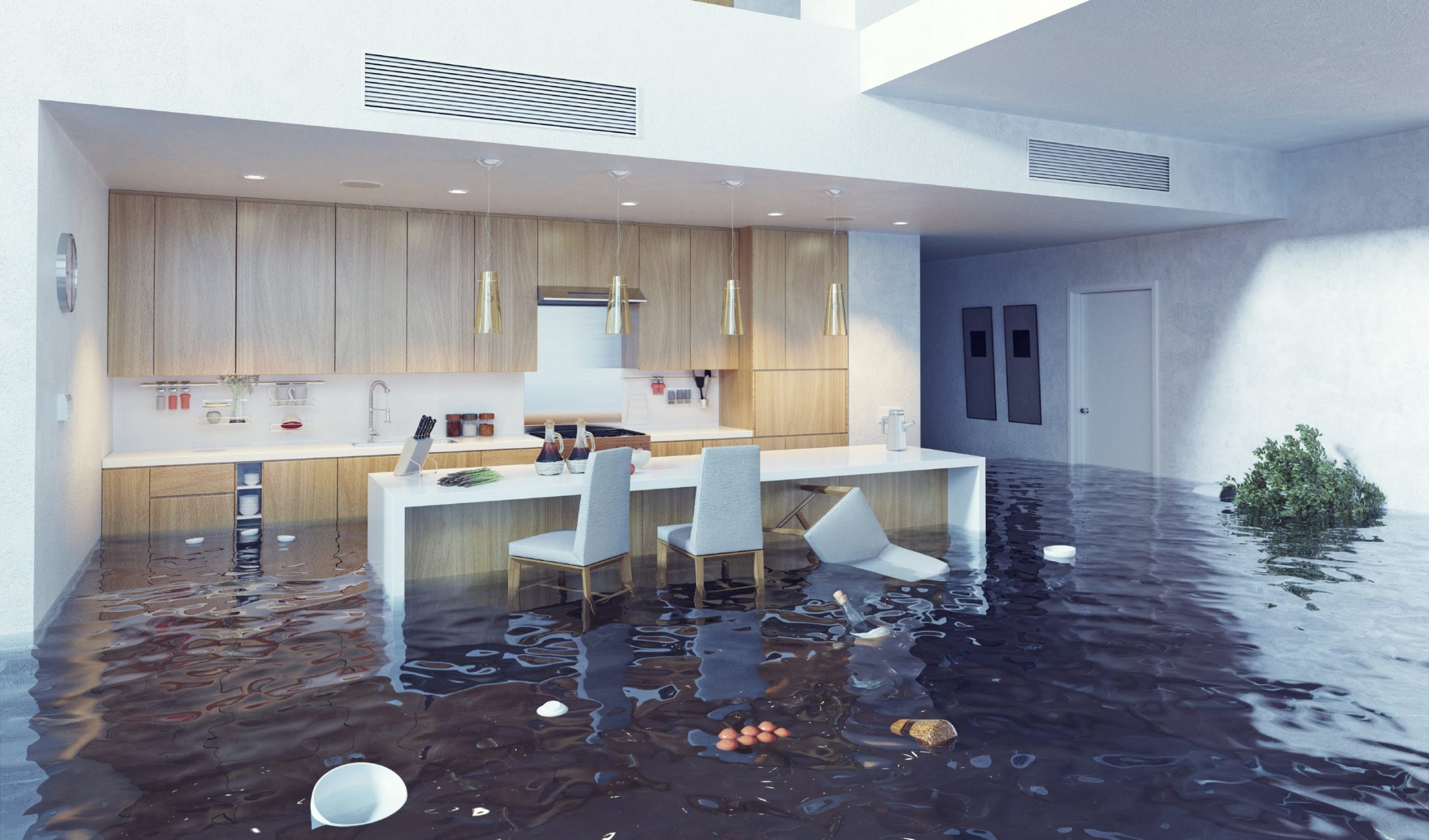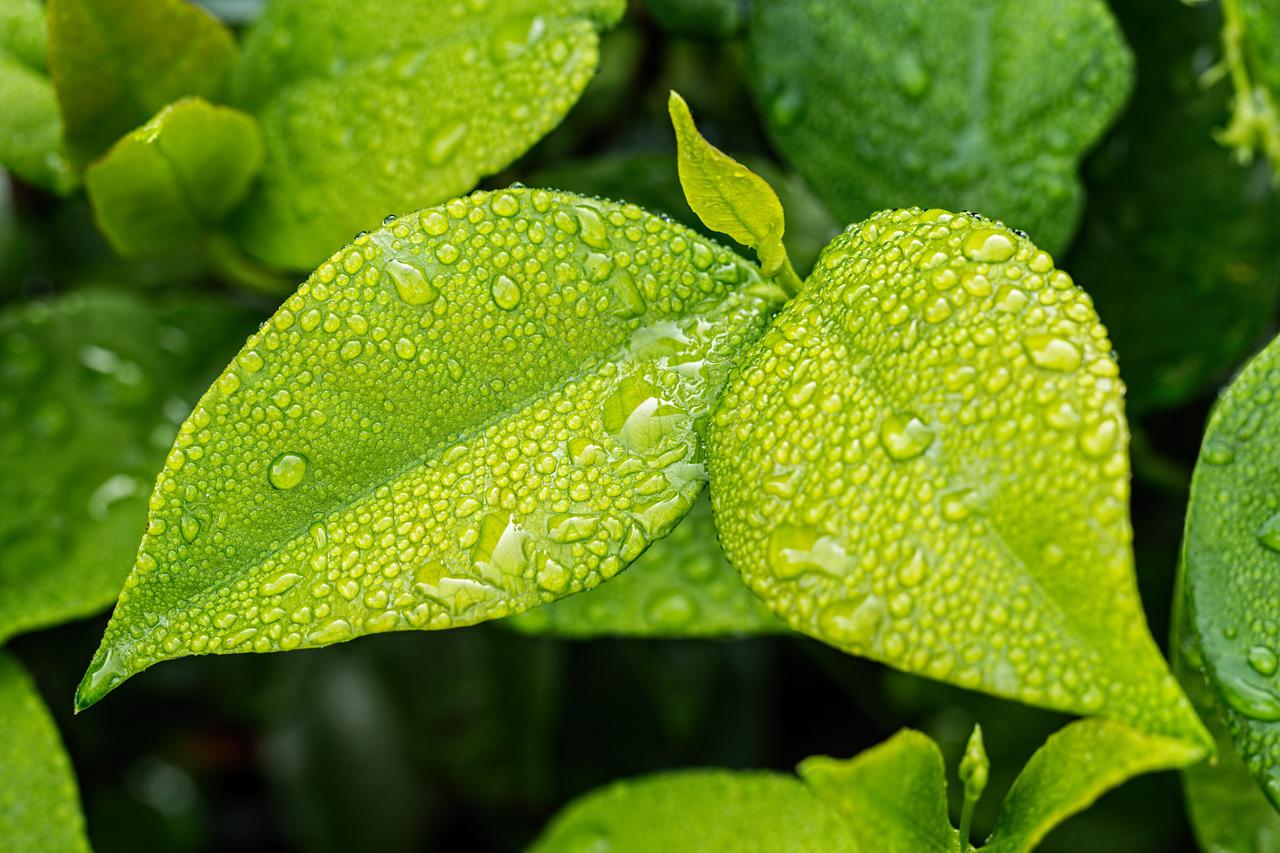Key Takeaways
- Recognize the common causes and signs of water damage in homes to address issues promptly.
- Adopt effective preventative strategies against water-related incidents to safeguard your investment.
- Learn the importance of professional assistance for damage repair and assessment, offering peace of mind.
- Understand the insurance claims process for water damage thoroughly to mitigate financial burdens.
Table of Contents
- Introduction to Home Water Damage
- Common Causes and Warning Signs
- Preventative Measures to Protect Your Home
- Immediate Steps After Water Damage
- Engaging Professional Help
- Navigating Insurance Claims for Water Damage
- Long-Term Maintenance Considerations
- Conclusion and Final Thoughts

Introduction to Home Water Damage
Understanding water damage is key to mitigating its devastating effects. It can significantly compromise your home’s safety and structural integrity if not addressed promptly. Beyond visible flooding, water infiltration often leads to hidden hazards such as mold growth and weakened foundations. These consequences underscore the need for effective management and proactive preventive measures, which can help avoid extensive repairs and high costs. Water damage is a daunting challenge that every homeowner fears. The impacts can be far-reaching and devastating, whether caused by an abrupt burst pipe or more insidious issues like gradual leaks. In such scenarios, having a reliable water damage insurance adjuster to guide you through your claims can make a significant difference in securing a fair settlement. Addressing water damage efficiently is crucial for maintaining your home’s integrity and safety. This guide seeks to arm you with knowledge, helping you navigate the intricacies of prevention and management effectively.
This article delved into the essential aspects of preventing and managing water damage in your home. From understanding the signals that foreshadow damage to laying out steps for immediate response and long-term maintenance, we aim to equip you with valuable insights. Water damage not only affects the structural components of your home but can also compromise electrical systems, leading to potential safety hazards.
Common Causes and Warning Signs
Water damage can stem from numerous sources, each posing distinct challenges. Common culprits include aging or faulty plumbing, where leaks or sudden pipe bursts occur. Natural disasters like floods or hurricanes can introduce large amounts of water, overwhelming homes and the surrounding infrastructure. Poorly maintained or storm-damaged roofs may allow water to infiltrate interiors, affecting ceilings and walls. Early signs, such as musty smells, bubbling paint, or water stains, should not be ignored. Addressing these issues promptly—possibly with the guidance of a public adjuster in CT—can help manage damage efficiently. The American Bar Association also provides valuable resources for understanding and responding to these warning signs.
Preventative Measures to Protect Your Home
Preventing water damage involves vigilant maintenance and proactive measures. Homeowners should conduct regular plumbing inspections to catch and address small leaks before they escalate. Ensuring proper drainage through clean gutters and downspouts can significantly reduce risks, especially during heavy rains. Additionally, sealing windows and employing reliable sump pumps are defensive tactics to divert or handle water influx. These methods protect your home and preserve its market value by preventing costly structural damage.
Immediate Steps After Water Damage
Reacting quickly to water damage is essential to minimizing the impact. Turning off the water supply and electricity can prevent further damage and hazards, such as electrical short circuits. Capture and document the extent of the damage with photographs, which will be critical for insurance claims. Begin the drying process promptly using dehumidifiers and fans to mitigate mold growth and further structural issues. Swift action can significantly reduce the overall recovery time and repair costs.
Engaging Professional Help
Professional intervention is often necessary for thorough water damage assessment and restoration. Experts provide comprehensive inspections, identifying areas of concern that may not be immediately apparent. They offer specialized solutions, from water extraction to structural drying, ensuring your home is restored to its pre-damage condition. Moreover, involving professionals in the repair process can enhance safety and speed the recovery, mitigating complications such as hidden mold growth or compromised structural integrity.
Navigating Insurance Claims for Water Damage
Managing insurance claims efficiently can alleviate some of the financial strain caused by water damage. Thorough documentation of the damage and a clear understanding of policy terms are crucial components of a successful claim. Working with an insurance adjuster ensures that all aspects of the damage are evaluated and adequately compensated. You can learn more about effective claims management through resources from US News, which provides insights into this complex process. Understanding your policy and maintaining detailed records can facilitate a smoother resolution with your insurance provider.
Long-Term Maintenance Considerations
Post-repair, ongoing maintenance is vital to prevent future damage. This includes regular checks of plumbing systems, ensuring the seals around windows and doors remain intact, and waterproofing basements to stave off groundwater intrusion. Address any minor leaks or cracks immediately, as they can escalate into more significant issues if left unattended. By investing time and effort into consistent maintenance, homeowners can protect their property and enhance its longevity, avoiding recurring water damage.
Final Thoughts
Tackling water damage may seem overwhelming, but with informed preparation and decision-making, homeowners can protect their investments effectively. You can maintain a safe and secure home environment by understanding potential causes, pursuing preventative measures, and adeptly navigating repair and insurance processes. Proactive engagement in water damage prevention and management safeguards the physical structure and ensures peace of mind, knowing that your property is well-protected against unexpected water-related incidents.









